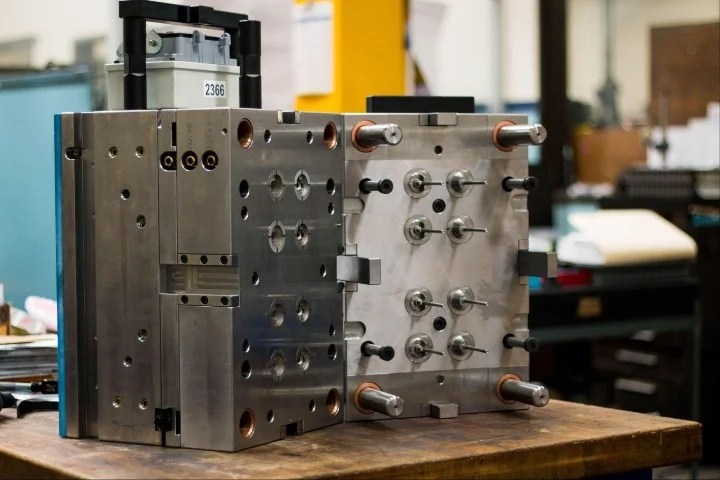Time to read: 6 min
The Apple aesthetic is easily recalled even by people who aren’t consumer electronics design enthusiasts. What do you think of when you are asked to describe an Apple product? Metal and glass? White? Minimalist?
Someone once commented that a prototype I had built looks very “Apple.” It was a rectangular prism with rounded edges, constructed out of bead-blasted aluminum and white Delrin parts. The form was admittedly crude, but that particular combination of common materials somehow reminded the observer of those coveted objects “Designed by Apple in California.”
It’s easy to forget that the Apple aesthetic has metamorphosized over the years and continues to evolve. Computers from the Snow White era bear little resemblance to today’s Apple products. This article will analyze the Apple aesthetic of the last decade, from a design and manufacturing standpoint.
Aluminum
Apple’s love affair with aluminum started with the 2003 Powerbook G4, a jigsaw puzzle of sheet metal. Since then, cnc aluminum alloy has permeated almost every product line, from iPod shuffles to Mac Pros, most notably as “unibody” enclosures.
It’s worth noting that Apple has not always been carving solid chunks of aluminum on CNC mills. While most current generation products feature a milled enclosure, past products have featured extruded aluminum exterior shells (iPod mini, second gen iPod shuffle, second gen iPod nano) and aluminum sheet metal. If you love the Apple aesthetic but don’t want to pay the cost of CNC machining, take a page from Apple’s old playbook.
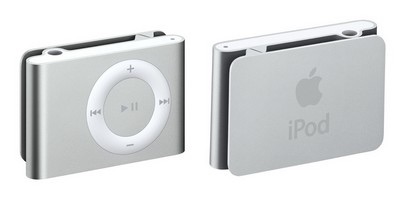
When aluminum makes an appearance on an Apple product, it almost always has a fine matte texture. This is created by blasting bare aluminum with ultra fine glass beads at high speed. The only exception to this design language is the 2013-current Mac Pro, featuring a high gloss aluminum exterior.
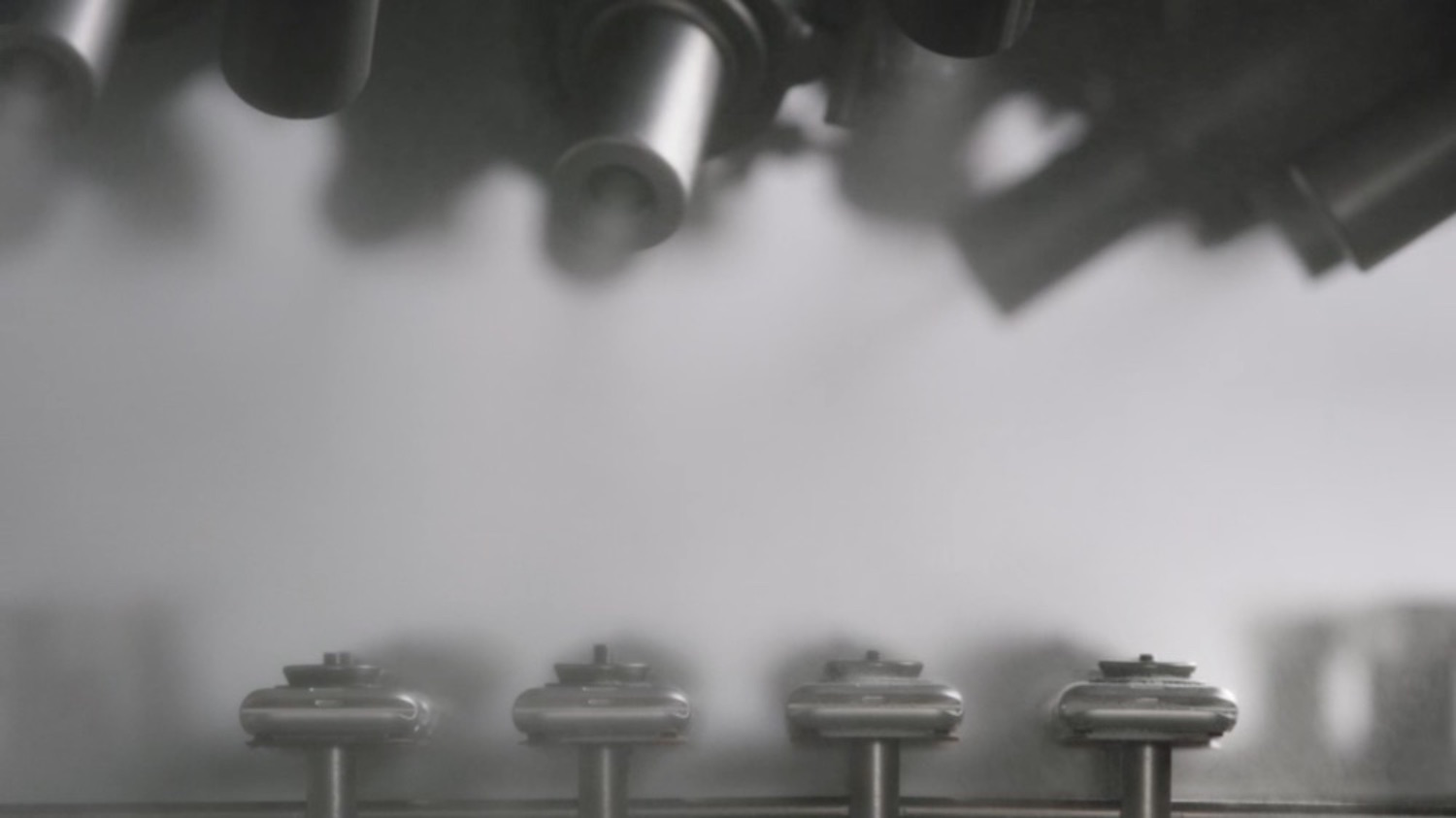
Bare, untreated aluminum alloys can become dull due to oxidation (corrosion by oxygen). Therefore, aluminum parts are always anodized before being assembled into consumer products to retain their beautiful finishes. Anodizing is actually just carefully controlled oxidation by electrolytic passivation. It’s almost like vaccination!
In addition to preventing unsightly natural oxidation, anodizing has the additional benefit of allowing an aluminum part to be “dyed.” Apple’s first color-anodized aluminum product line is the iPod mini.
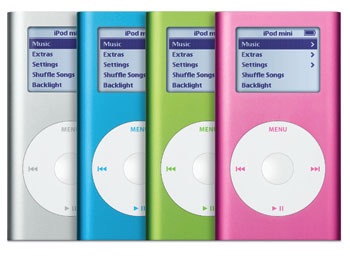
The anodized aluminum color palette has changed almost every year. We saw pastel tones replaced by more intense jewel tones; then they made a comeback, but soon they were forced to retired again. As of 2016, Apple has discontinued most of its crayon colors.
Not long ago, the precious metal palette had its moment in the spotlight. Silver (clear anodize), space gray, gold, and rose gold color options were available for product lines targeted at both consumers and professionals, such as Macbook, Macbook Air, iPad, iPhone, and Apple Watch. iPods are strictly consumer products, and they have a younger audience, so that product line got to keep its pink, blue, and red color options.
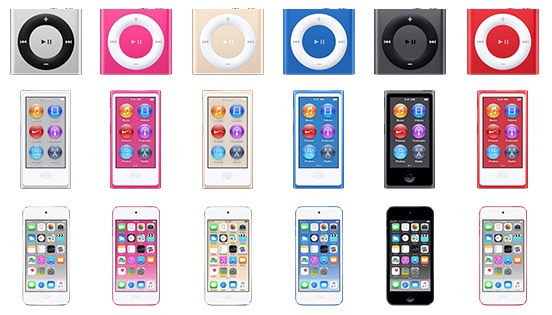
It’s worth noting that Macbook Pro and Mac Pro are purchased mostly by professionals for work, so no color options are available. Macbook Pro only comes in natural aluminum, and Mac Pro’s exterior housing is only available in black. Apple knows that your IT purchasing team doesn’t care about your personal color preferences!
Plastic
Apple changed the rules on what a personal computer should look like with the colorful, translucent iMac in 1998. In the few years that followed, transparent acrylic was often seen in the company of glossy white plastic parts. Fast-forward to 2016: Apple has no love for plastic anymore. Today, the only product that features plastic housing are the Apple TV, headphones, and power accessories. In other words, the inexpensive stuff that doesn’t deserve CNC aluminum parts.
The current generation Apple TV is the only product featuring black plastic. There’s good reason for this: Take a look at all the TV models available on the market today; over 90% are black and glossy. The old Apple TV was aluminum, and it looked out of place next to TVs, DVD players, and cable set-top boxes. I don’t know who made black TVs dominate the world, but that person deserves a monument for making Apple’s industrial design team concede. You, sir or madam, are my hero.
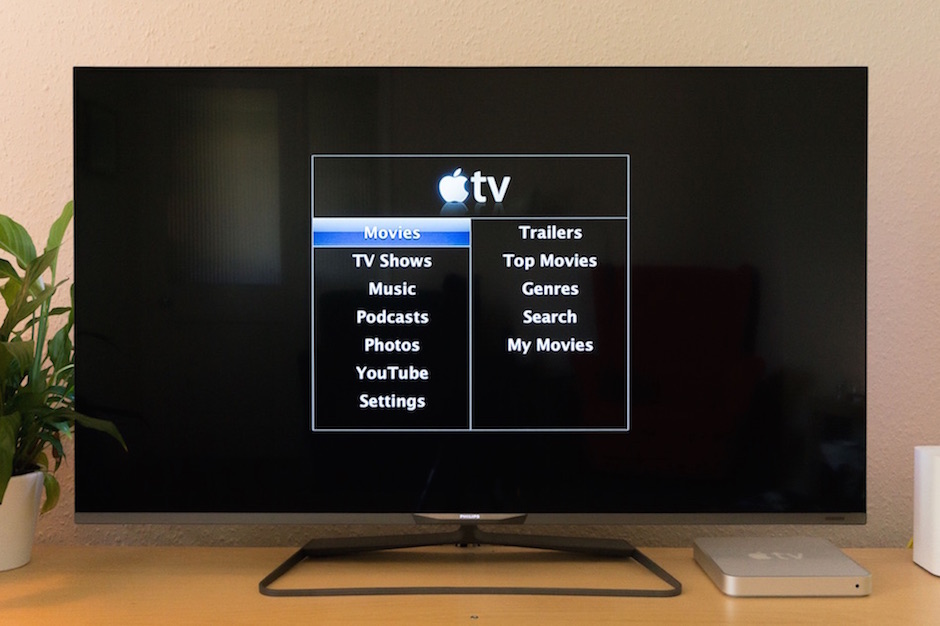
Everything else is white. Not just any white: an opaque, bright white that I can only describe as the color of pure titanium dioxide. White plastic is notoriously hard to get right. The line between looking cheap and looking Apple is a very fine line.
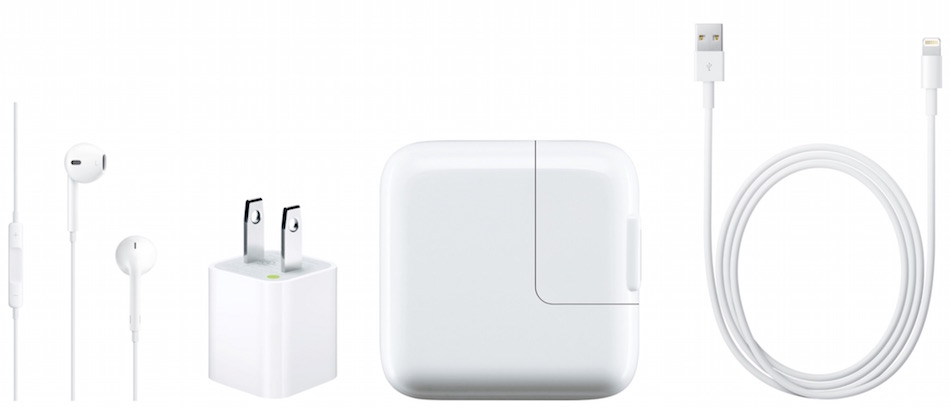
If you have two mating parts of slightly different resin composition, unifying them with the exact same shade of white might be impossible, short of painting over everything.
A lot of white plastic discolors with UV exposure (but there are UV-resistant resins and coatings). Sunscreen, makeup, sweat, and body oils can also stain some white plastic. Hardware startups, take note: If you’re not a masochist and have budget and timeline constraints, like normal people do, stay away from white.
Apple’s plastic parts are almost always glossy. This is known in injection molding lingo as “SPI-A# finish.” Most glossy products are A2 finish, which means the mold is polished with 3000 Grit Diamond buff. A1 finishes are usually reserved for optical components.
Packaging
Apple raised the bar big time on the unboxing experience. We used to see a lot of styrofoam and corrugated cardboard in consumer electronics packaging, but now everybody’s packaging is so refined you feel bad throwing it away. It’s a good time to be manufacturing packaging: A unit of packaging used to cost pennies; now, it costs dollars.
Apple’s cardboard gift boxes are always wrapped in matte paper. They often feature four-color printing, plus spot varnish. iPhone boxes also briefly went through a super minimal embossed phase.

Inside the gift boxes, you will usually find a black or white polystyrene tray. Paper or clear polyethylene bands wrap around neatly wound cables; you’ll never find a twist tie anywhere.
Apple has also used injection molded packaging extensively for iPods, headphones, and Apple Watches. iPods are low-cost enough that they are usually displayed on retail shelves in their packaging, and the clear box showcases the product really well.
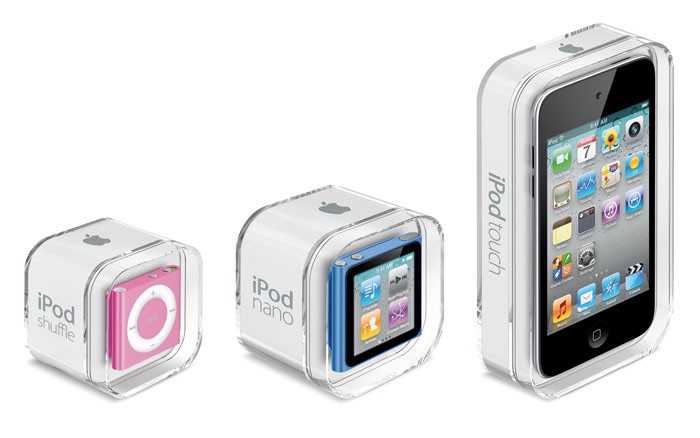
Apple Watch packaging is the most excessive. Inside the gift box, you find another ultra-fortified plastic case that houses the product. Traditional high-end watches usually come in a hinged wooden storage case (placed inside a cardboard gift box); it’s likely that Apple took note from that. The boxes for Apple Watch Edition double as charging docks, which is pretty neat.
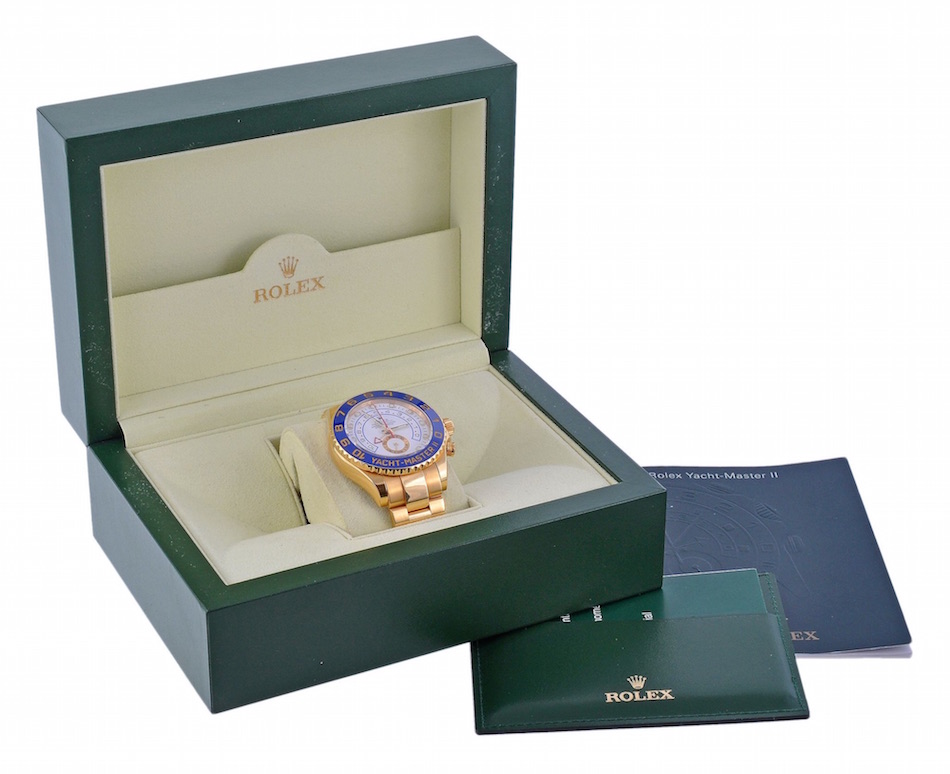
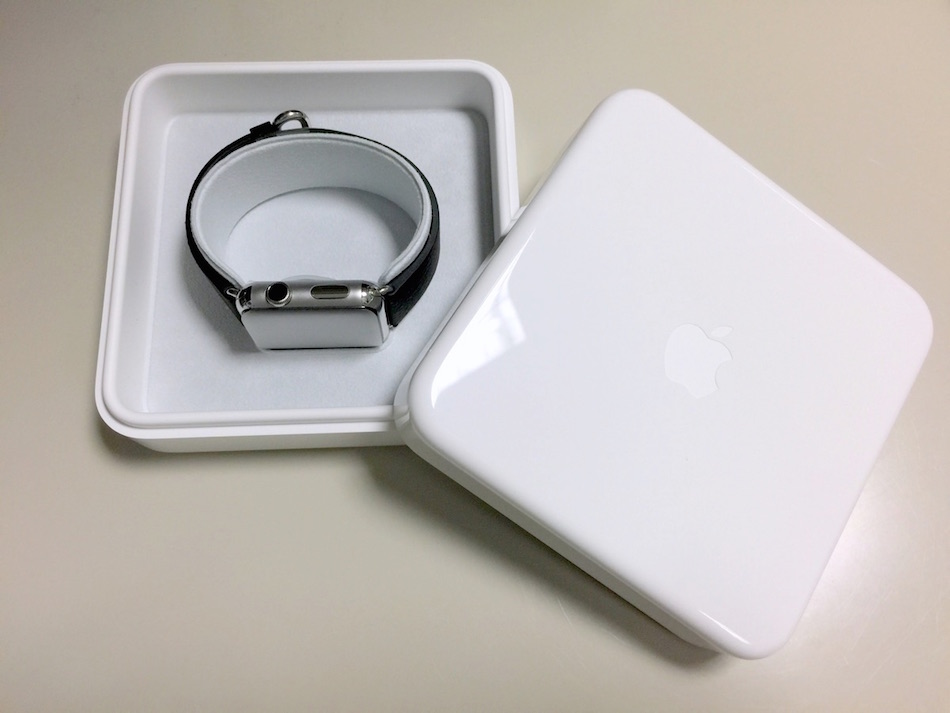
Main Takeaways
Apple’s product design aesthetic has far-and-wide influence on consumer electronics design. Netatmo’s line of home monitoring products are unmistakably Apple-like. Countless accessory makers have also jumped on the aluminum & white bandwagon, hoping to capture Apple customers who want to have everything match. I really should’ve bought aluminum futures back in 2003, instead of buying so many now-obsolete Apple products.
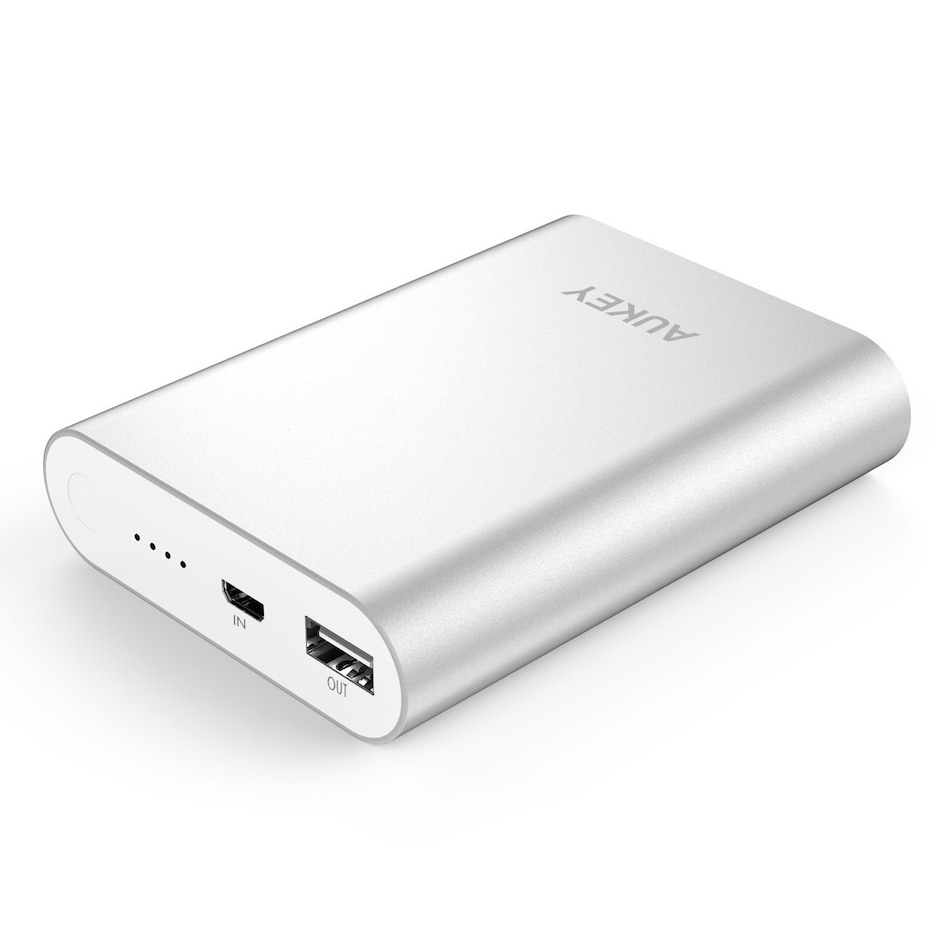
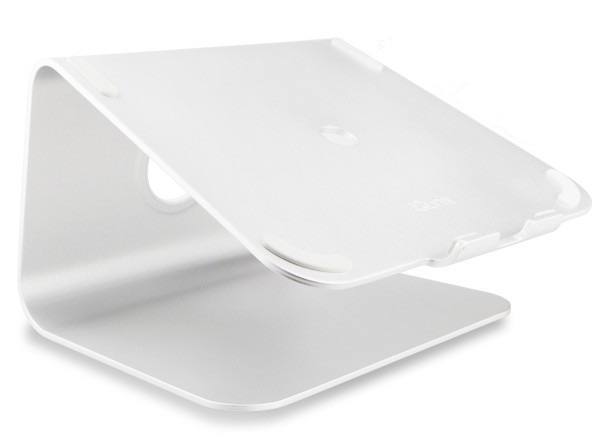
If you like the Apple aesthetic and want to incorporate into your own products, I hope this article has demystified its associated manufacturing processes. Getting the Apple look is doable, but it’s not easy or economical. Apple famously bought 10,000 CNC mills to fulfill the demand for unibody Macbook Pros.
Before you commit, know the costs. I recommend reading Ben Einstein’s wise words of caution on why you can’t manufacture like Apple does.
